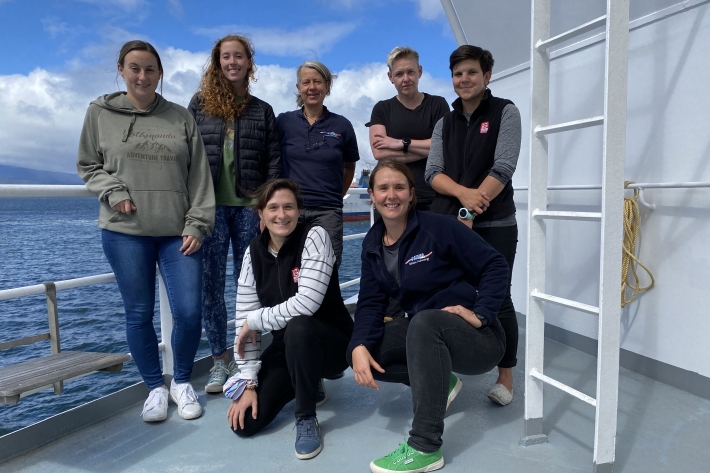-
Tasman Sea tsunami - TAN2111
VoyageYou’ll be blown away by what these women in science are doing onboard RV Tangaroa in the Tasman sea! -

Voyage update - 29 April
Tangaroa is now 100 km south-west of Hunga Tonga - Hunga Ha’apai volcano (HT-HH), surveying in 2,440 m of water in the Lau Trough. -
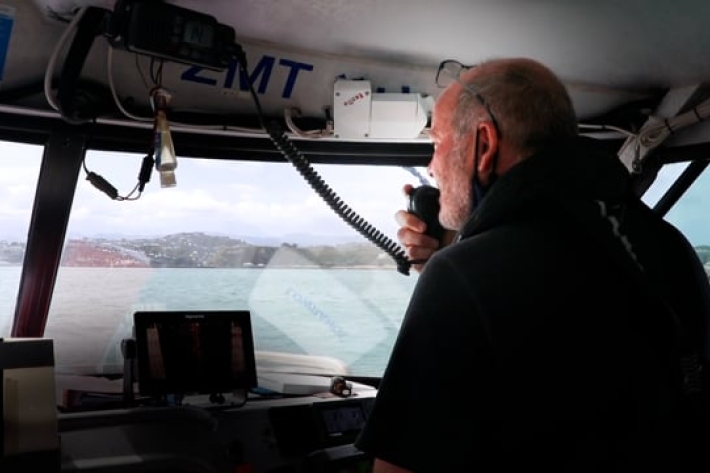
Mapping the oceans through citizen science
The Seabed 2030 South and West Pacific Ocean Data Center is one of four global Regional Centres, each being responsible for data gathering and mapping in their territory. -
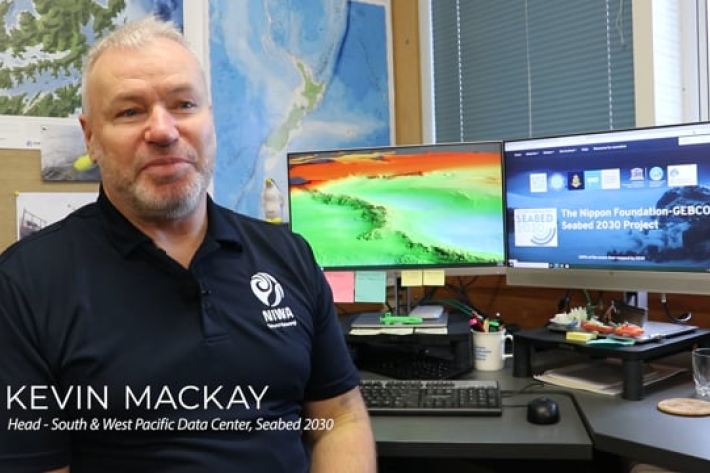
Seabed 2030
Did you know NIWA is leading a NZ partnership in a worldwide initiative to map the entire globe’s seafloor? Found out more about the Seabed 2030 initiative. -
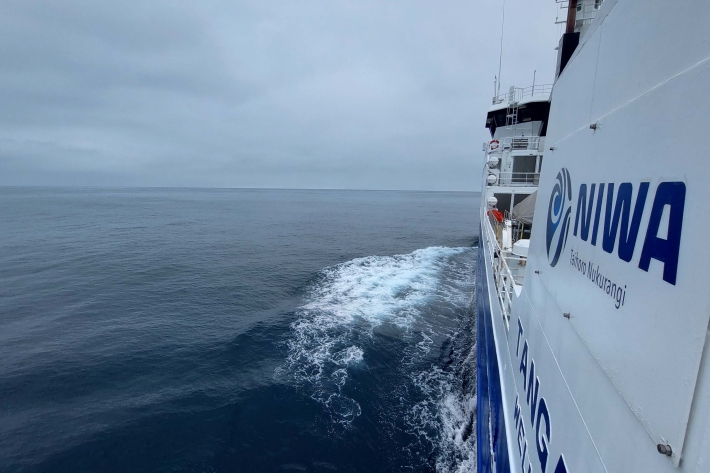
2021 - Macquarie Ridge
VoyageRV Tangaroa has sailed to the Macquarie Ridge to under charter by Australia’s CSIRO Marine National Facility to recover ocean bottom seismometers and acquire multibeam sonar and sub‐bottom profile data in the Macquarie Island region. -
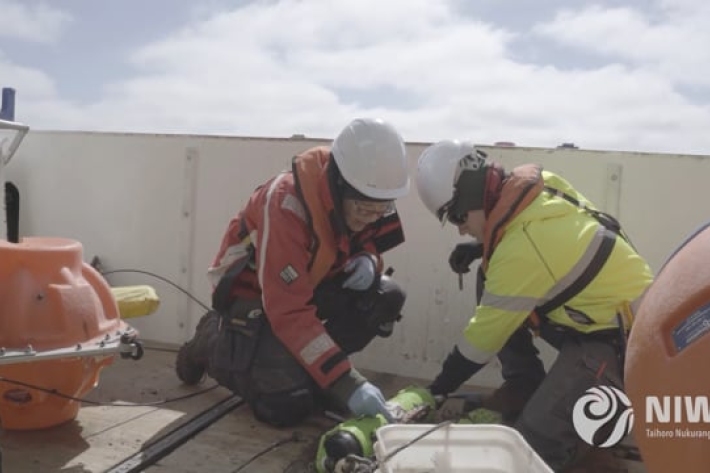
Eavesdropping on sperm whales in Antarctica
The moorings team is bringing back precious data from long-term underwater listening devices which the researchers are using to search for signs that sperm whales are finally returning in numbers to the Ross Sea. -
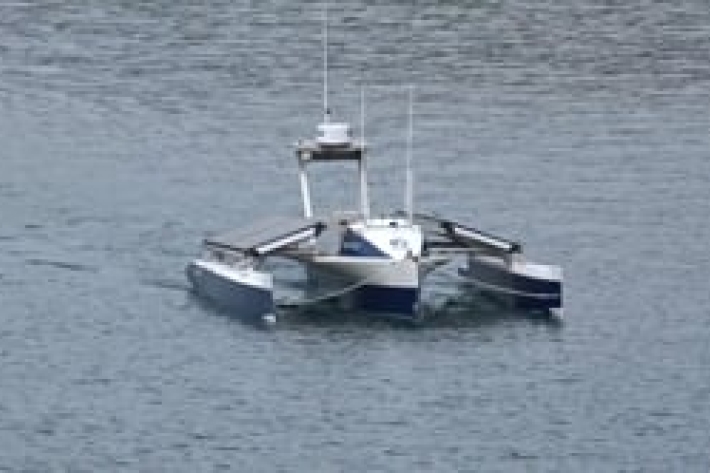
Scientists use an autonomous vessel
A six metre-long autonomous trimaran fitted out with a NIWA echosounder is being used as part of an innovative research collaboration. -
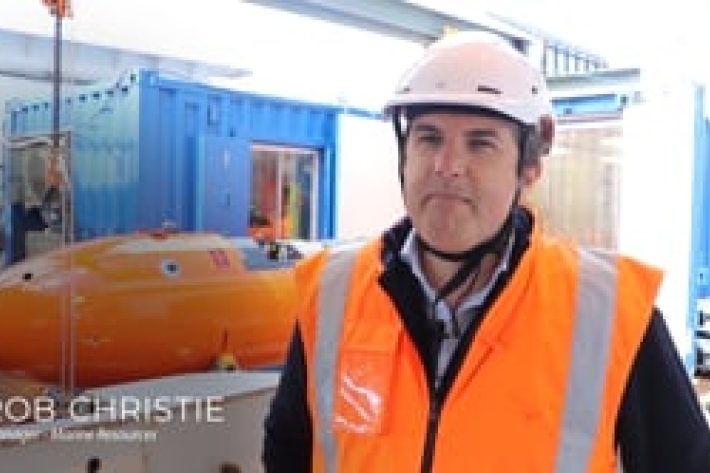
Rob Christie - Manager of Marine Resources
Eurofleets+ aims at providing, integrating and improving access to key research vessels and associated major equipment. -
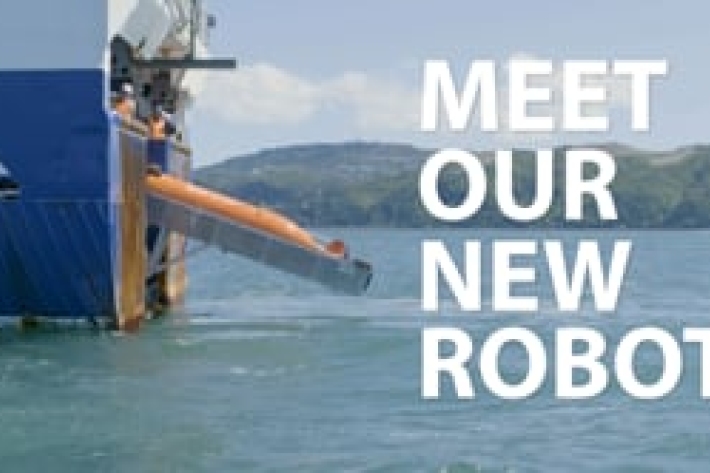
NIWA science: important international collaborations
This campaign brings together two Eurofleets+ Infrastructures, the RV Tangaroa and the autonomous underwater vehicle (AUV) from Sweden’s University of Gothenburg (UGOT). -
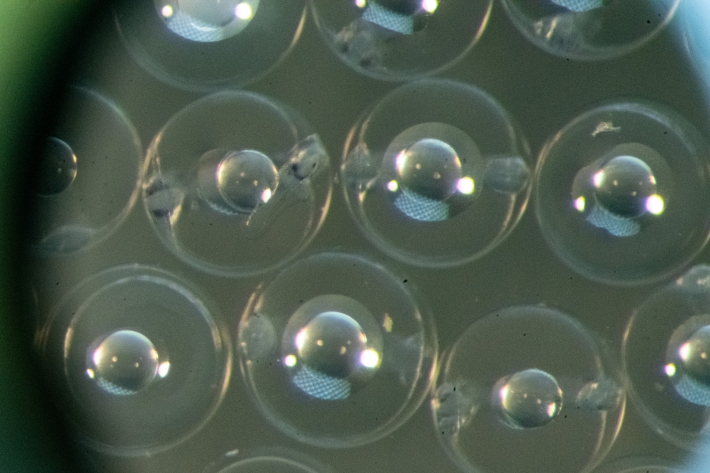
2020 - Hoki eggs survey
VoyageHoki is New Zealand's largest finfish fishery. During this voyage, hoki eggs reveal a few secrets that surprise scientists. -
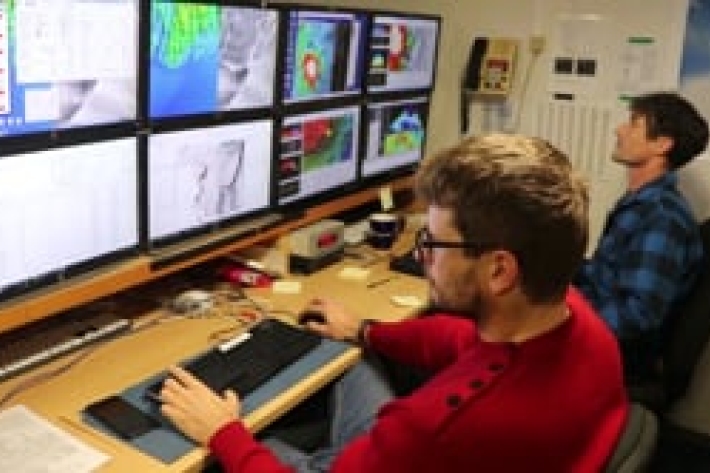
Can sound be used to characterise gas composition in the water column?
Underwater gas bubbles acoustic monitoring and seabed mapping around Whakaari Island -
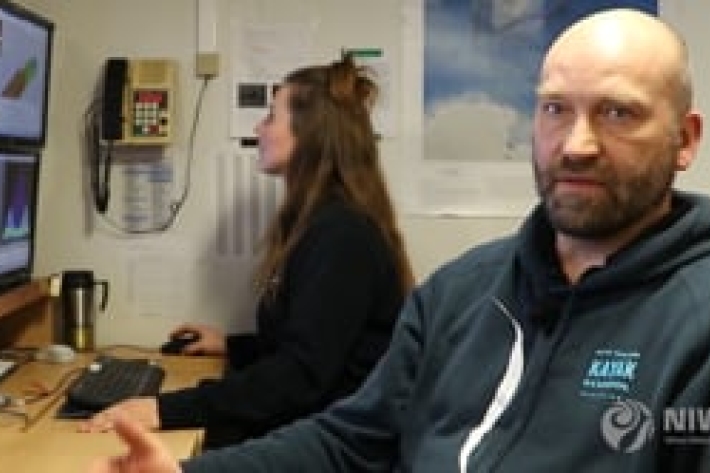
A flair for finding gas bubble flares
NIWA marine geologist Arne Pallentin is looking for telltale gas bubble 'flares"—using a multibeam echosounder—that indicate new volcanic activity in the Calypso Vent Field.

